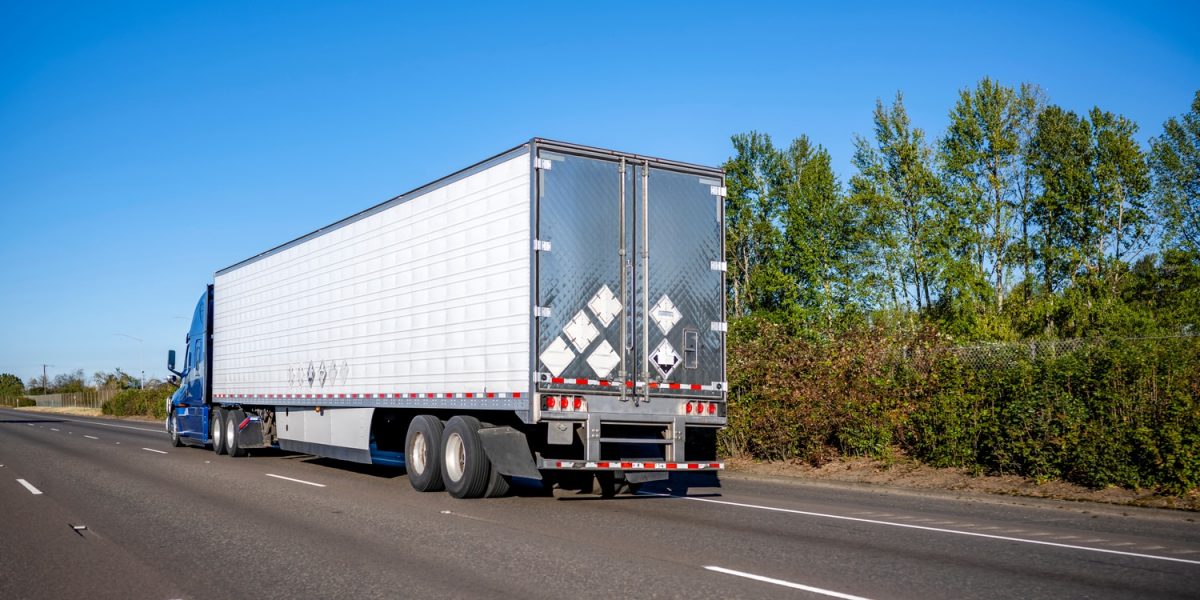Over-the-road (OTR) truck drivers need to bring a variety of different supplies with them on the road. These include personal items as well as important documentation for the freight that is being delivered. Staying organized is essential to maximize the space in your truck and to keep the area from getting too cluttered. It’s also important to make sure you can find anything you need quickly and easily.
Here are some tips for semi-truck organization:
1. Stick to the Essentials at First
After finishing school and completing company training, you’re likely eager to be able to customize your cab to fit your personality. You’d be surprised how much you can do with a small space. However, it’s a good idea to stick to only the most essential items for your first few solo trips. After you’ve gotten the hang of life on the open road, you can start to add more items if you’d like. This helps you stay organized because you’ll have less items to worry about at first and can avoid clutter.
2. Use Organization Supplies
Having many items all around your truck can get confusing and organization supplies can help you keep everything in its proper place. One of the most helpful is a folder or small file cabinet for important paperwork. You can also get plastic bins and other items to make organization easier. Keep in mind that you should only buy what you actually need. Otherwise, the bins and organizers may become clutter themselves.
3. Take Advantage of Wall Space
A semi-truck cab is small, so you may need to get creative to find space for organization. One great way to do this is to add hanging organizers to take advantage of wall space. You can get command strips to hang up organizers and small items without damaging the cab. Just make sure everything is secure before you start driving.
4. Store Items For Easy Access
When you decide where to put different items, think about how often you’ll need to get to them and plan for convenient access. For example, paperwork that you might need during a traffic stop or roadside inspection should be easy to get to from the driver’s seat. Shower supplies, on the other hand, can be under your bed or in another area in the back of the cab since you’ll only need to get them when you’re stopped.
5. Reevaluate Regularly
Every so often, you should think about how your cab is organized and identify what is and isn’t working for you. If there is an item that you always seem to lose, for example, you may want to change where you put it. If there is something you haven’t used at all since you got it, it may be helpful to get rid of this item to free up some space.
Start Your Trucking Career
Before you hit the road, you’ll need to earn your commercial driver’s license (CDL). At Phoenix Truck Driving School, our accelerated training can help you get started in as little as four weeks.







